By Kate Petley
Contemporary portraiture is so diverse that creating a comprehensive list of artists is futile. I selected these particular works for their power, humor, cleverness, rawness, and beauty. Reflecting a broad interpretation of what qualifies as a portrait, I included sculpture that quotes the traditional bust on a pedestal.

Kate Petley, Head On (2020), archival print on Canson Baryta Prestige Paper, 18 by 26 inches (courtesy VonLintel Gallery)
Defining the portrait by its subject, I considered selfies, satire, fashion, celebrities, pet portraits, advertising, abstraction referencing the figurative, historic re-enactments, street portraits, and even likenesses of flowers, wild animals, and insects. Portraiture has a great capacity to expand into non-traditional categories. Our ability to seek faces and figures where they don’t exist is hard-wired into our pattern-seeking brains.
Desire and symbolism reign. Portraits provide the means to evaluate and perpetuate socio-economic distinctions, exemplify history, provide a laugh, generate empathy, or sell products. Fiction and ethics are components of portraiture; political history demonstrates these complex aspects.
Portraiture began to influence my thinking when I realized that the shapes in my work appear as dramatic characters. We recognize that abstraction is not an empty language, even when it adheres to concepts of emptiness.
I hope this brief survey encourages you to look at this rich subject with renewed interest.
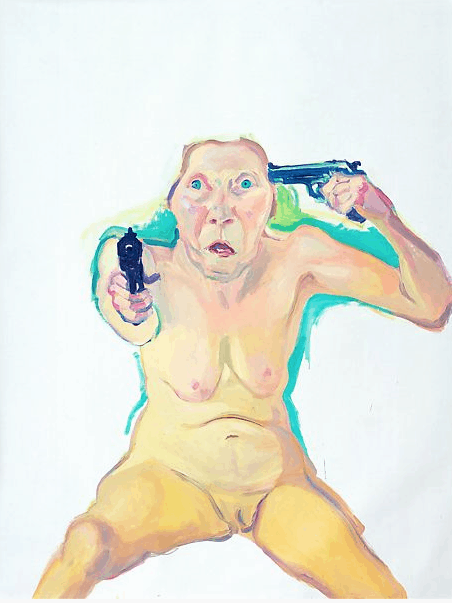
Maria Lassnig, You or Me (2005), oil on canvas, 80 by 61 inches. This is one of the most unforgettable and psychologically charged self-portraits I’ve ever seen. We are both victim and voyeur.
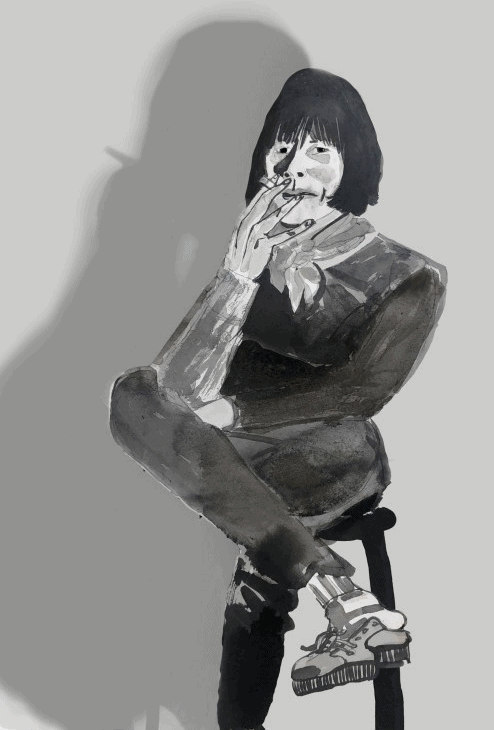
Amy Sillman, Maria Lassnig (2020, ink and charcoal on paper. In addition to her paintings, Sillman makes portraits of admired artists and friends. Lassnig passed away six years before this portrait was made.
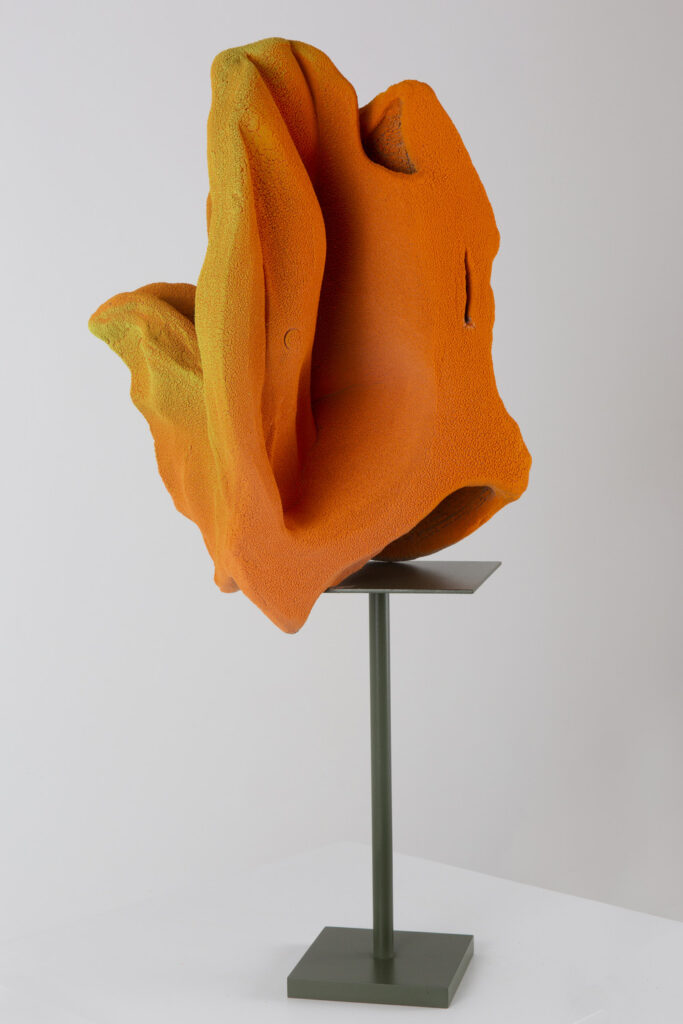
Arlene Shechet, Together 7 a.m. (2020), glazed ceramic, powder-coated steel, 34.5 by 14 by 18 inches. This bust-like sculpture occupies the pedestal as if it were a figure sitting on a chair. Abstract form becomes figure.
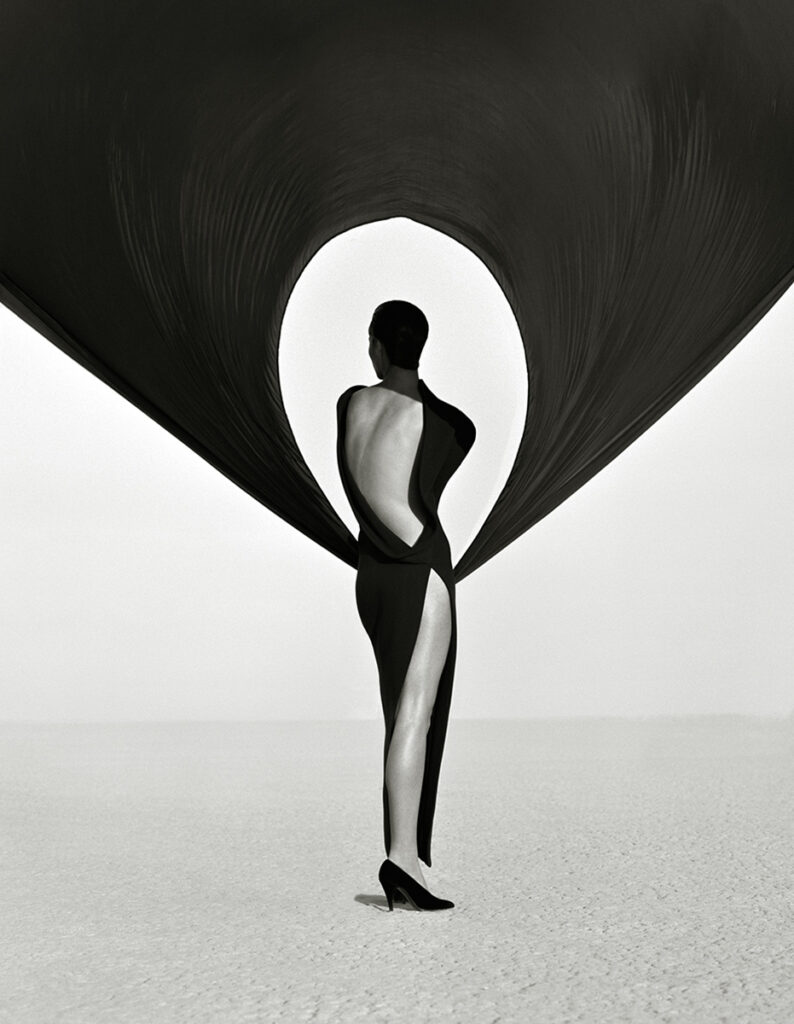
Herb Ritts, Versace Dress, Back View, El Mirage (1990), gelatin silver print, 53-9/10 by 42-9/10 inches. Fashion provides an endless backdrop for portraits and how they’re perceived over time. It doesn’t have to be about the face.
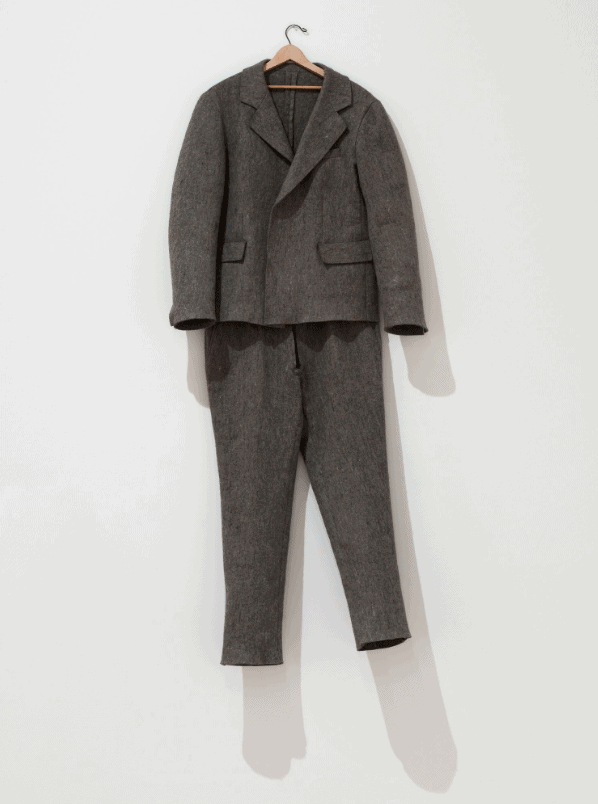
Joseph Beuys, Felt Suit (1970), felt, 67 by 24 inches. Everything Beuys did was a self-portrait since his personal history was always the motivation and the result.
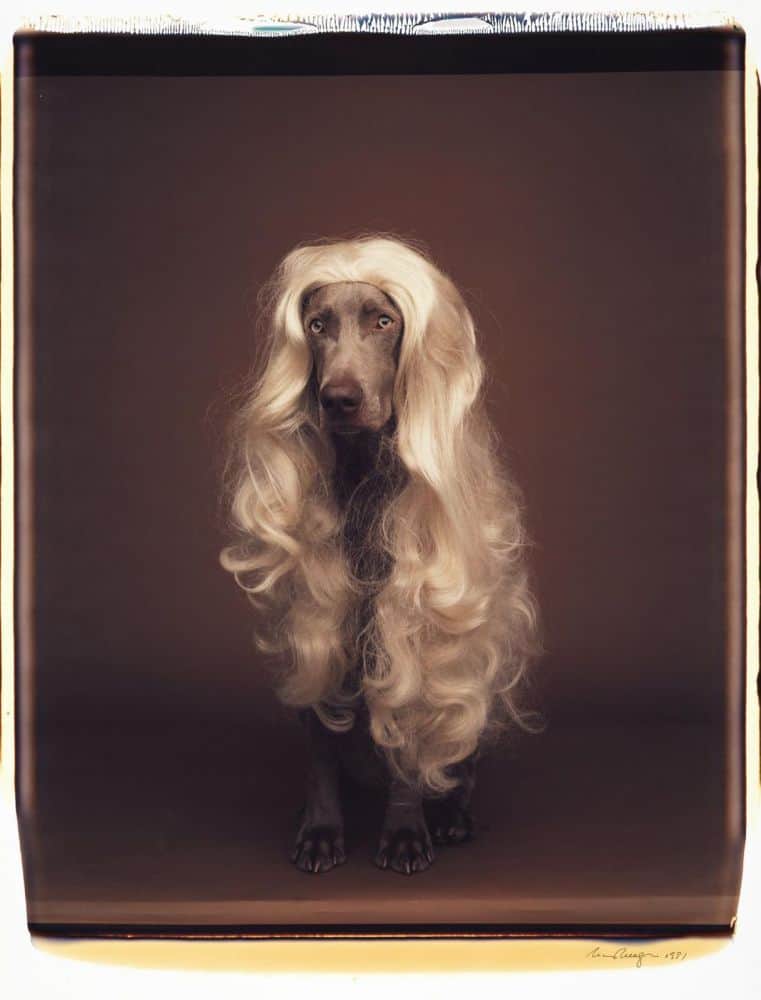
William Wegman, Blonde on Browne (1991), color Polaroid, 24 by 20 inches. Wegman’s dogs are always silly and compelling at the same time.
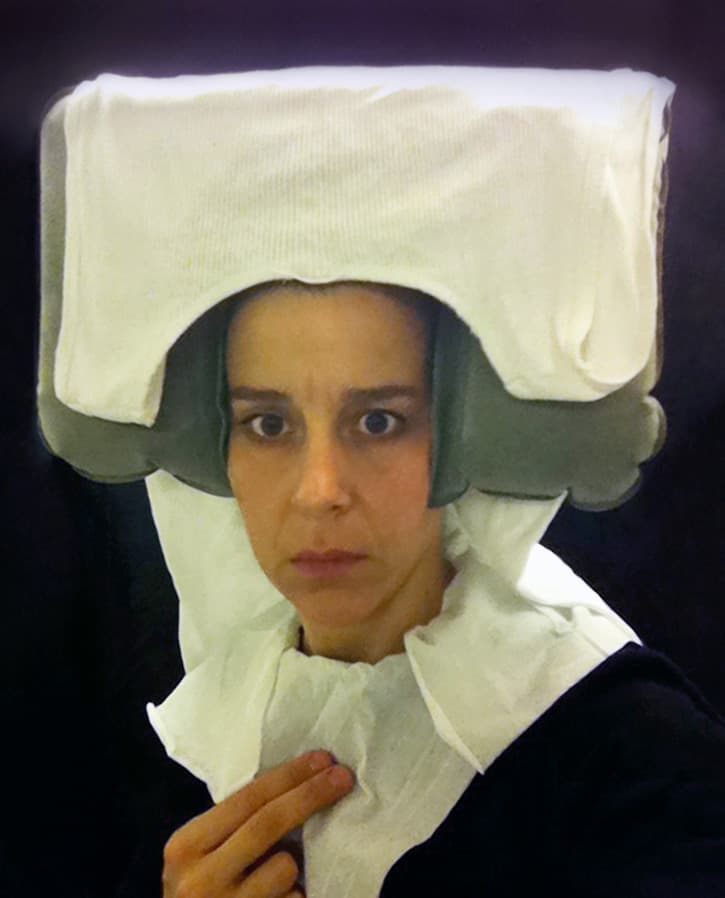
Nina Katchadourian, “Lavatory Self Portraits in the Flemish Style,” cell-phone camera photos, dimensions variable The artist creates re-enactments in airplane bathrooms, repurposing toilet paper and seat covers.
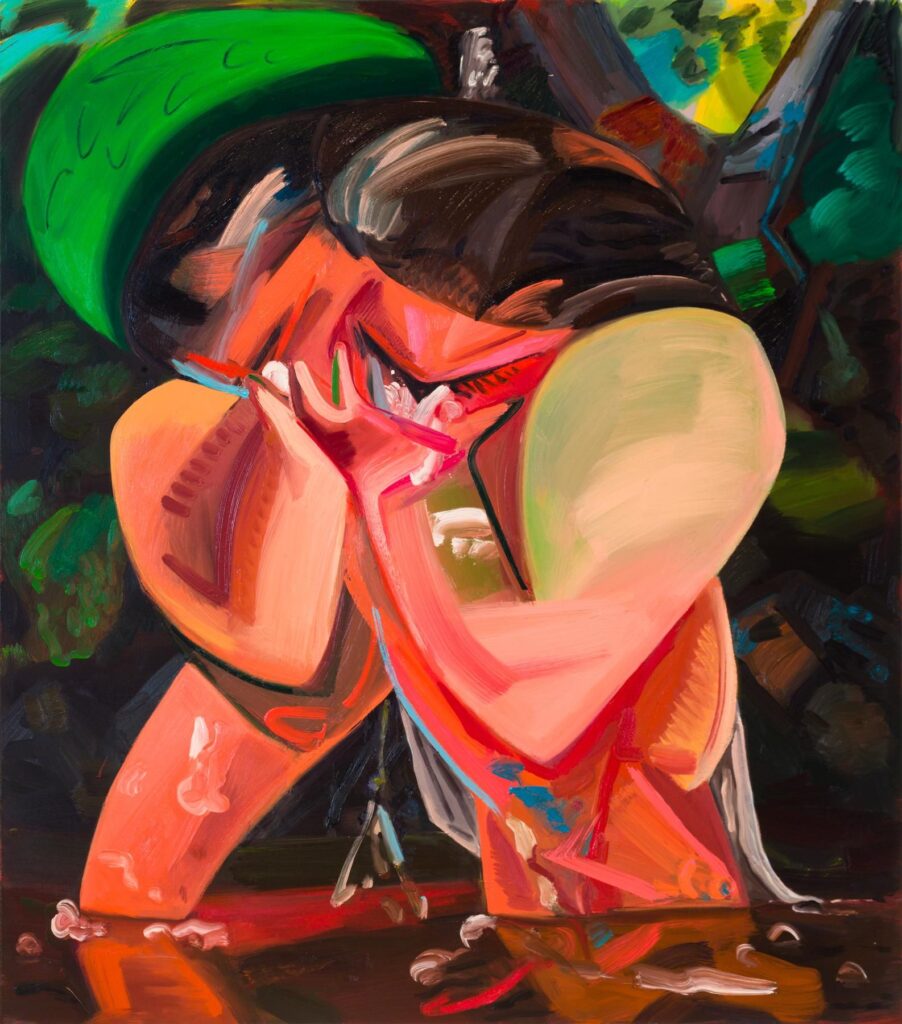
Dana Schutz, Shame (2017), oil on canvas, 84 by 74 inches. Raw emotion in a nameless portrait that could be any of us.
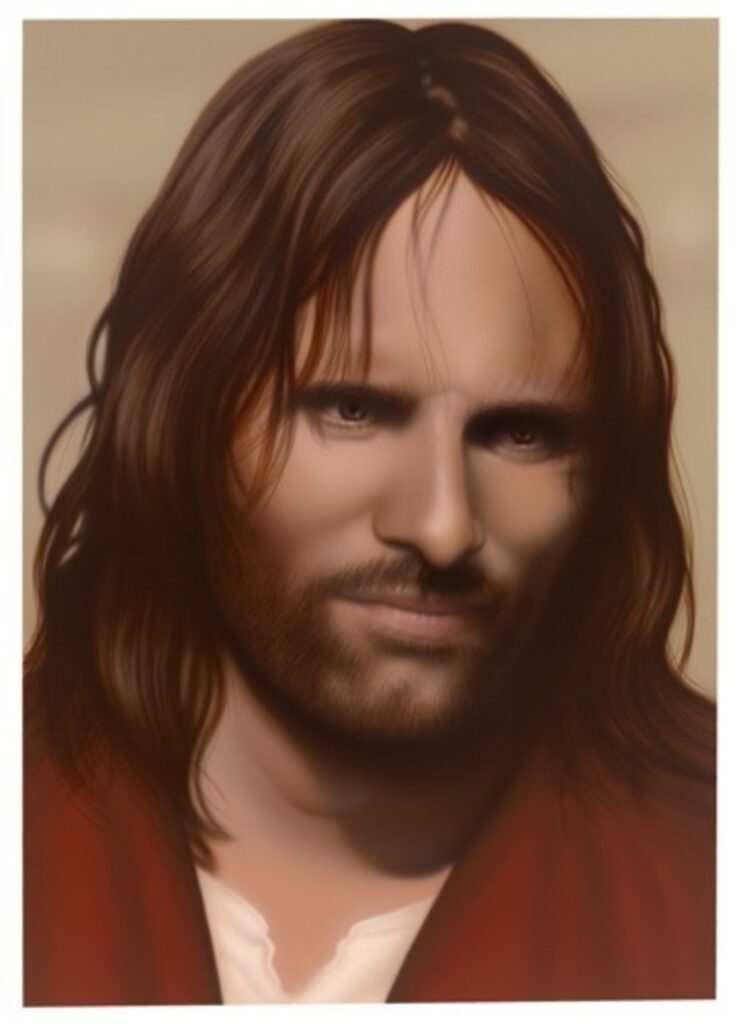
Rachel Hecker, Jesus # 1 (Viggo Mortensen/Lord of the Rings), 2011, acrylic on canvas, 48 by 34 inches. Tackling one of the most recognizable portraits of all time, Hecker places actor Viggo Mortensen in the role of Jesus. Irony and controversy collide in this painting.
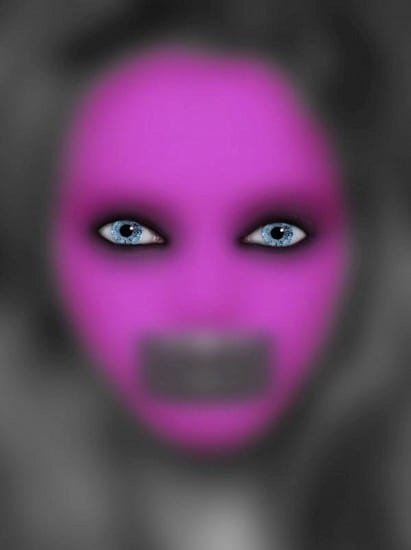
Halim al Karim, Hidden Love 4 (2009), 66-7/8 by 48 inches Lambda print on Dibond. Haunting images of partially erased faces speak for the history of women, especially in the Middle East
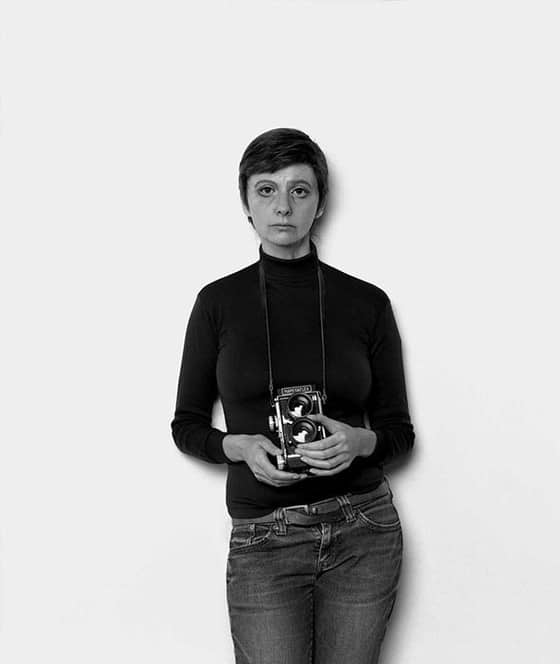
Gillian Wearing, Self-Portrait as Diane Arbus (2008), 2008, gelatin silver print, 57-7/8 by 48-7/8 inches. The self-portrait as another person is an entire genre. While Cindy Sherman dominates that territory, Wearing as Arbus shows greater subtlety and longing.
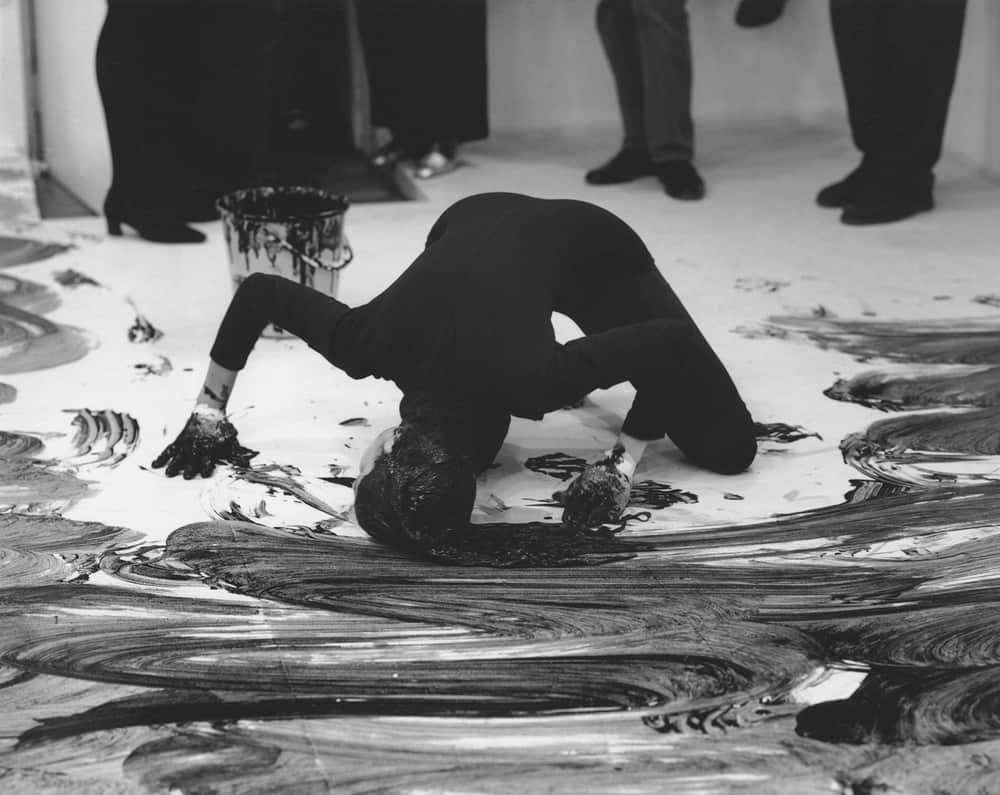
Janine Antoni, Loving Care (1993). This performance is both self-portrait and protest as Antoni marks the floor with hair dye, wielding her hair as though taking a brush to canvas. Visitors were pushed out of the room as she moved along the floor.
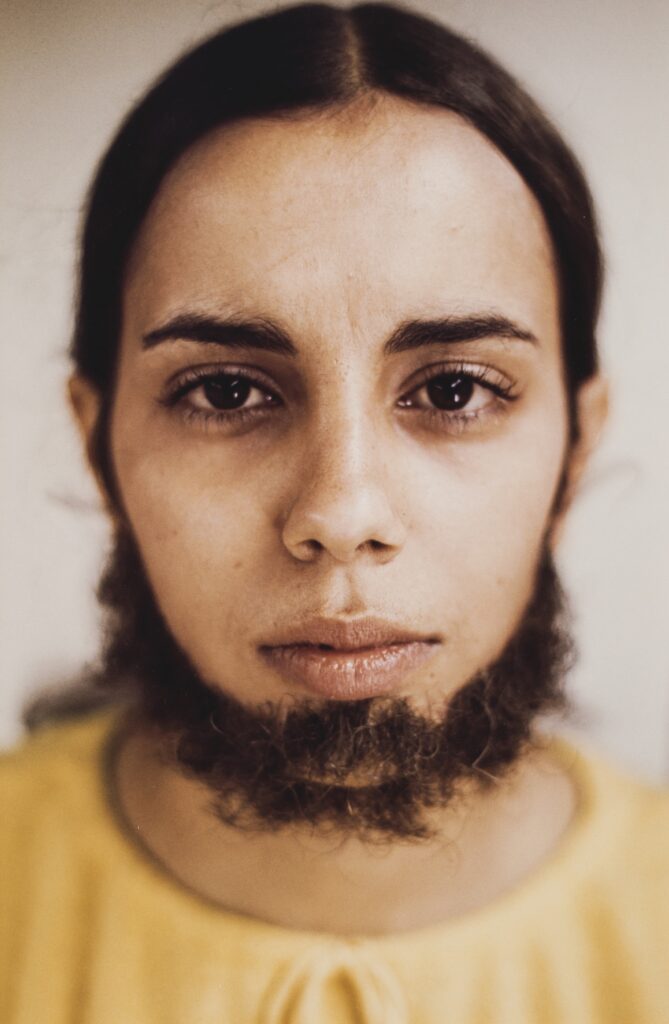
Ana Mendieta, Untitled (Facial Hair Transplants), 1972, color photograph, 20 by 13.5 inches. Mendieta stands out for using her own body as a statement about the attributes of gender
Top: Kara Walker, A Subtlety (2014), sugar, polystyrene, plastic, molasses, 35.5 feet high by 75.5 feet long. This is the first portrait that occurred to me because it is so loaded with content and so perfectly executed.
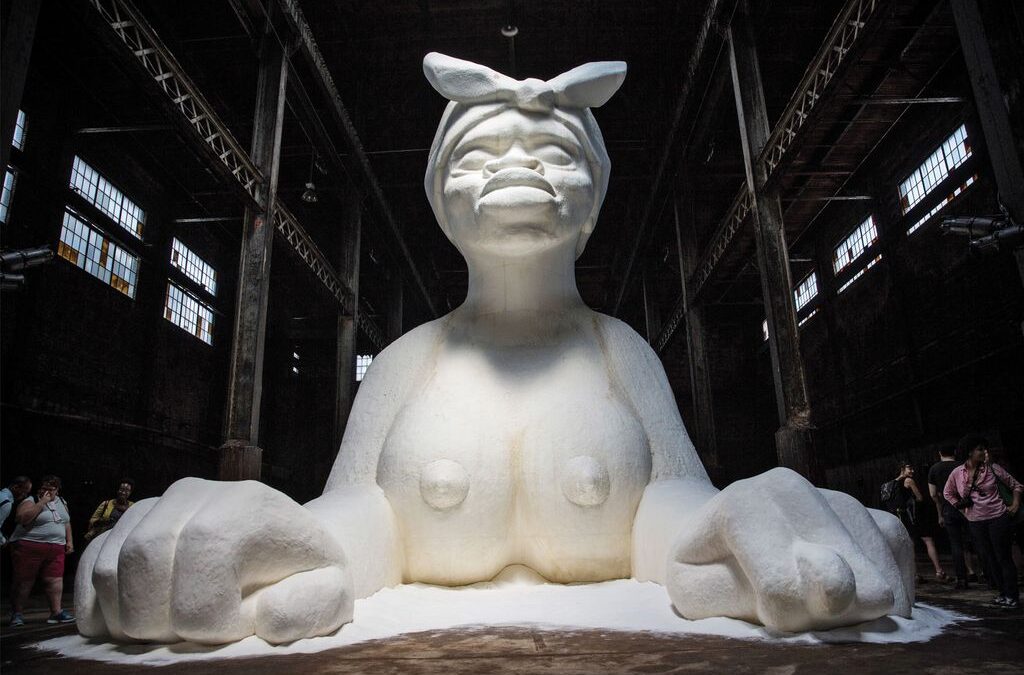
An interesting premise–to see contemporary portraiture through the lens of an abstract artist. Kate Petley’s article has me considering other artists with a unique take on the subject. The late Jackie Saccaccio’s fulgurant abstract “portraits,” and the modernist-archaic sculptures of Huma Bhabha come to mind. Thank you for the read!
Good job!